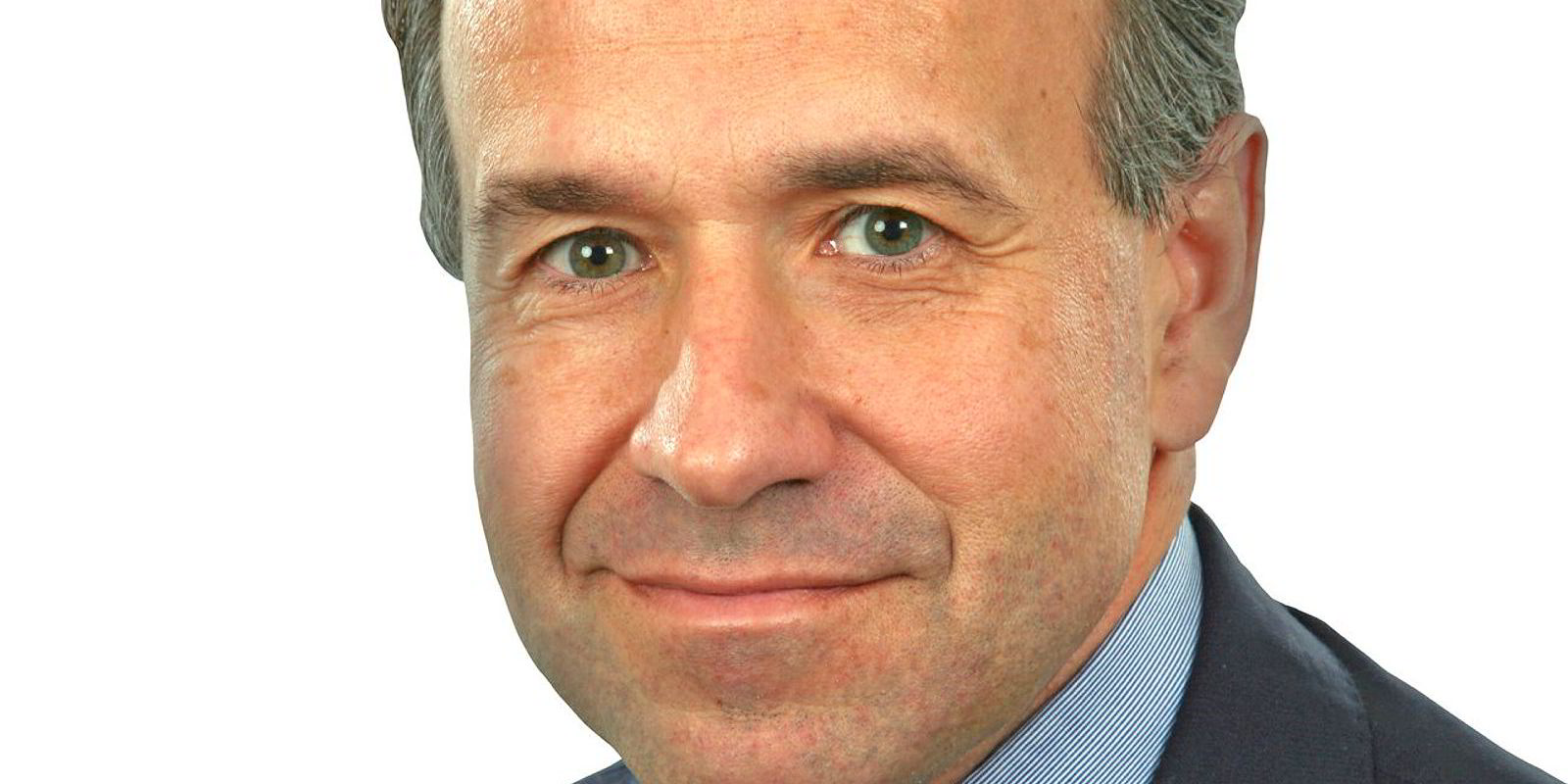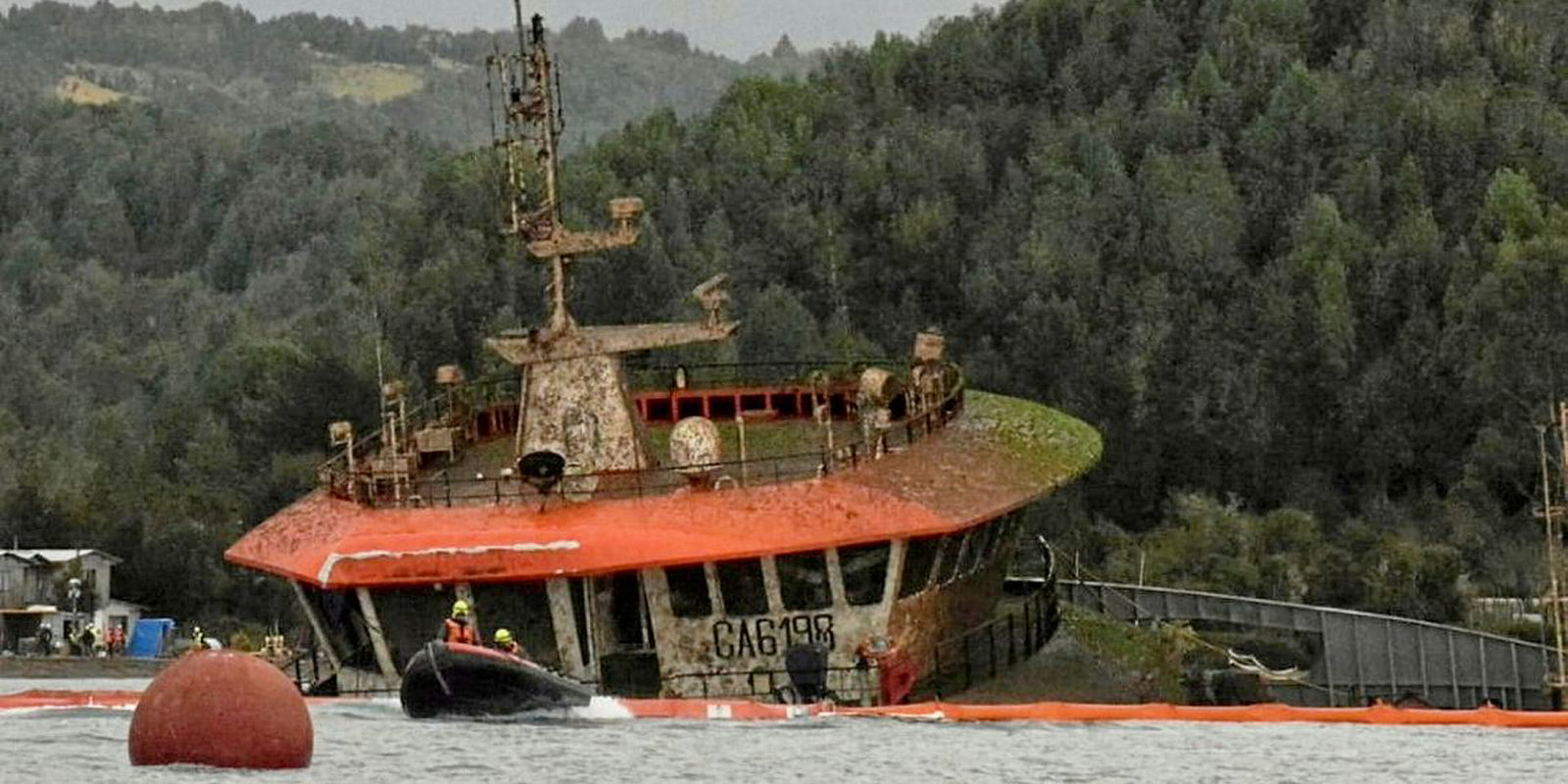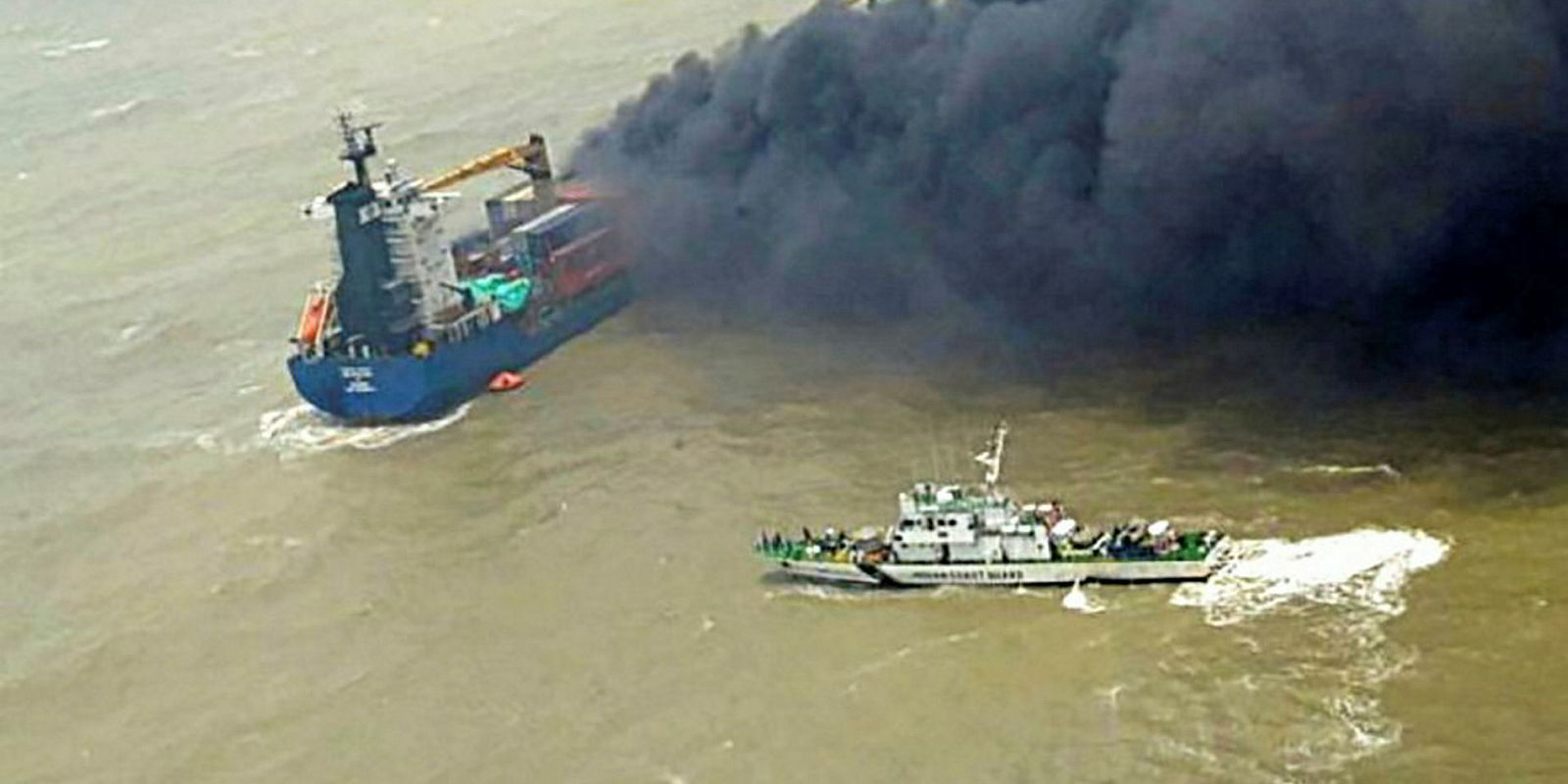A consortium led by leading salvor Ardent is claiming its newly launched offshore decommissioning service can offer rig and offshore structure operators significant savings as it enters the emerging market.
It is one of a number of salvage companies looking to the potentially lucrative and growing offshore decommissioning market to counter waning earnings in the salvage sector.
Ardent has teamed up with engineering consultancy WorleyParsons and UK classification society Lloyd’s Register to provide a comprehensive service for rig and offshore construction operators, from decommissioning to demolition.
Perfect fit
Ardent chief executive Peter Pietka believes the salvor's experience in wreck removal makes it the perfect fit for the new service.
“We bring to the consortium over 150 years of maritime retrieval experience, as a global leader in salvage and wreck removal,” he said.
“Through our expertise we are in the unique position of being able to apply techniques and learnings from other sectors, such as marine wreck removal, to improve how to tackle the increasingly important challenge of decommissioning offshore oil and gas infrastructure.”
In a marketing drive for the consortium launched this month, Ardent director of decommissioning Stuart Martin said the new team would be competitive on price through the economies brought about by combining the strengths of each company into one.
He pointed out that the major benefit to offshore operators would be “cost reduction”.
Single entity
“The way we approach decommissioning will see savings made. You are only dealing with one entity rather than a large number of partners,” he said.
Steve Gilbert, director of asset management and decommissioning at Lloyd’s Register, said the grouping could offer a “decrease in risk, costs and ultimately a decrease in liability”.
Decommissioning of the offshore fleet is expected to increase over the coming years and is likely to last some time with its projected peak two decades away.
However, the work will take place in difficult sea conditions, and under strict environmental monitoring, which will likely bring a premium to decommissioning companies that will be more attractive than wreck removal work.
The wreck removal market reached a recent peak of $458m in 2012, according to figures from the International Salvage Union. That compares with estimates that the decommissioning market will be worth up to $13bn annually.

In 2016, the salvage industry’s wreck removal revenue fell to just $172m, rising slightly last year to come in at $264m.
Amid claims of worsening wreck removal rates and higher competition, other salvors are eyeing the decommission market.
Also looking to break into the offshore market as an alternative source of income is Florida-based US salvage company Resolve Marine, which has the heavylift equipment and wreck removal experience to work in decommissioning.
Competition
Boskalis Group is another that is already active in offshore decommissioning and could utilise the wreck removal skills of group company Smit Salvage.
The market is not without difficulties and is covered by strict regulation, particularly on the dismantling side.
Gilbert said he is already involved in close talks with UK regulators.
Environmentalists are insistent that offshore structures in the North Sea and other regions of the developed world should be demolished in line with the Basel Convention.
The convention does not allow for the export of demolition waste to third-world countries such as Pakistan, Bangladesh and India, where the majority of ships and offshore structures are currently broken up. As a result, there could be a shortage of suitable shipbreaking capacity to demolish the global offshore fleet.





